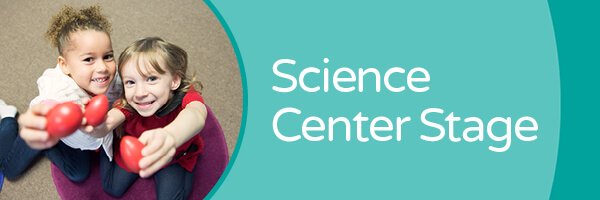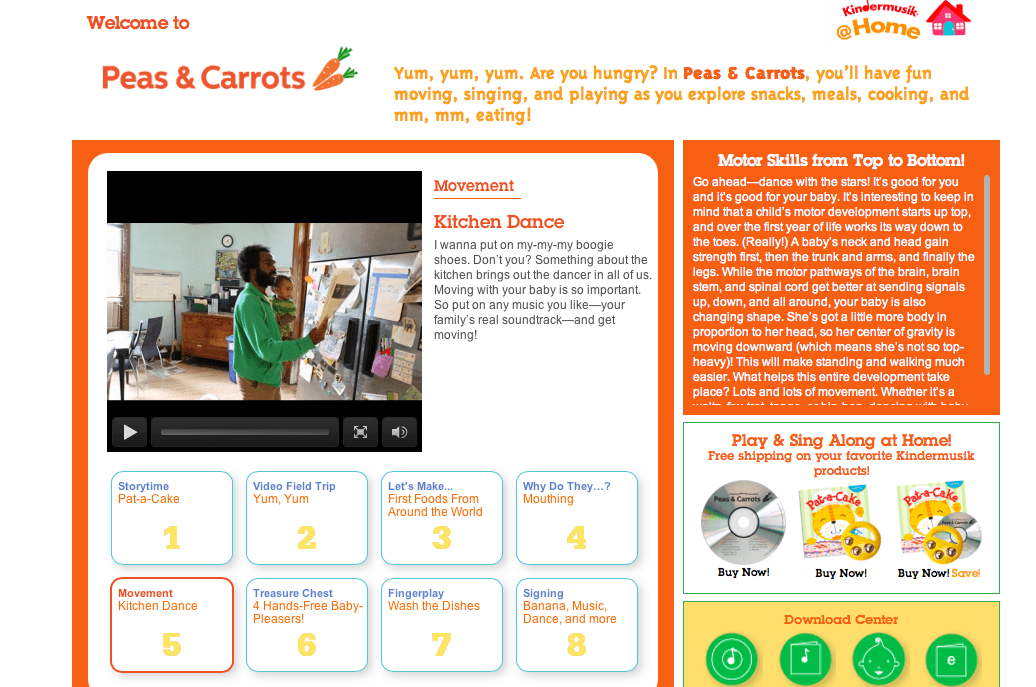[vc_row][vc_column][vc_column_text]The Voice. Not the TV show – the aural presence of each of us. It’s an amazing instrument, able to produce an incredible range of vocalizations. Think about the variety: a baby’s cooing and crying; opera singing and hip hop rapping; the chants of a cheerleading squad and Buddhist monks.
But how does it work? How does the voice make all these different sounds? Let’s explore…[/vc_column_text][vc_column_text]
The Basic Anatomy
Just like any instrument you may be familiar with, like a violin or a , your voice is has two major parts: a source of vibration and a resonator. With a violin, the vibration comes from the bow causing the string to move in regular cycles. It, in turn, make the air around it vibrate. Your brain perceives these cycling sounds as one tone, a pitch. The body of the violin serves as the resonator and amplifies that sound.
So…with the voice, the source of vibration is the vocal folds (old school folks call them vocal chords, but all the cool kids say folds now) and the basic resonators – we have several – include the throat, the nose, and the mouth.
When you breath in and then exhale air, the movement of the air between the vocal folds, coupled with muscular action, draw the folds together. Nerve bundles allow messages from the brain to reach the vocal folds and associated muscles, which give the structure permission to start vibrating.
Here is a video of the vocal folds vibrating, narrated by Rebecca Risser, a Certified Speech Language Pathologist, located in the Indianapolis area.[/vc_column_text][vc_video link=”https://www.youtube.com/watch?v=mJedwz_r2Pc”][vc_column_text]
The Vocal Palette
Okay…anatomy. Got it. But how does the voice produce all those sounds? Well, its a combination of things.
1. Changing Pitch
To make high sounds, the muscles in the larynx tighten or stretch the folds. Think about a rubber band – if you stretch it and pluck it, you get a high pitch. If you make it looser, you get a lower pitch. The folds are just about exactly the same.
2. Changing Timbre
Timbre refers to the color of the sounds we produce – dark and heavy, bright and light. I often use the examples of Patrick Star and Spongebob Squarepants. Patrick is a dark vocal color and Spongebob is very nasal and bright. If you have kids, you get this reference. If not, go watch and episode. You can also think of this as placing the sound at the back of the throat (dark) or very high in the nose or forward toward the teeth (bright). Physiology plays a part here as well, which is why Prince sounds different than Barry White.
How we use the folds also impacts sound. A whisper doesn’t involve vibrating folds, but they can be pushed together with more tension when whispering, which is why voice professionals advise against whispering when dealing with vocal health issues.[/vc_column_text][vc_column_text]
3. The Articulators
The lips, the teeth and the tip of the tongue. Say that 10 times, fast! It’s actually an old exercise to warm up the voice, and more specifically, the articulators. The best part? It’s actually a partial list of active articulators. These are the true work horses of sound modification. Most of time, these active articulators get paired with a passive articulator. Let’s try some sounds out…
Say the initial sound of the letter “T”. Say it a few times – like you are mimicking a closed high hat cymbal. I’ll wait. Don’t worry…no one is watching.
What happened inside your mouth? Yep! The tongue (active articulator) hit the back of your teeth, right near the gum line (passive articulator).
Now…do this again while placing your hand on your neck, right where your voice box (larynx) is located. Do you feel vibration? You shouldn’t. The letter “T” is an unvoiced consonant – meaning you don’t use your folds.
Okay…now try the initial sound of the letter “D” – with your hand in the same place. You felt vibrations that time, didn’t you? And if you think about it, your tongue did the same thing – hit the back of your teeth. These two sounds are the same with the simple exception that one uses the vocal folds and one does not.
By combining the articulators in different ways, we are capable of an almost limitless collection of sounds. Check out Tom Thum, a world class beat boxer. The sounds he produces are possible because he combines, with amazing vocal dexterity, all of the things we have talked about here: changing color, changing resonance, and superhuman use of his articulators.[/vc_column_text][vc_video link=”https://www.youtube.com/watch?v=-gHgXmMXvAg”][vc_column_text]Singing is basically extended speech. The extension happens during vowel expression. Basically, during regular speech, the vowel to consonant ratio is about 5:1 – you spend about 5 times more of your speaking life on vowels than consonants. When you sing, the difference can be as wide is 200:1. Think about it – you can’t hold out the consonant sound “D” for more than the instance it takes for your tongue to hit your teeth. But you CAN hold out the vowel sound “ah”.
All of these variables allow us to whisper, talk, yell, sing, rap, beat box, and imitate others. Changing these aspects of vocal production is partially how impersonators bring other peoples’s voices to life.
How do you use your voice? Do you sing? Rap? Yodel? Do you make funny sounds to entertain your little one? We want to know! Share in the comments below…[/vc_column_text][/vc_column][/vc_row][vc_row][vc_column][class_finder_form css=”.vc_custom_1461817619144{padding-top: 20px !important;padding-right: 20px !important;padding-bottom: 20px !important;padding-left: 20px !important;}”][/vc_column][/vc_row]



 Kitchen Dance:
Kitchen Dance: The Jelly in the Bowl:
The Jelly in the Bowl: Quarter Notes & Quarter Rests:
Quarter Notes & Quarter Rests: